28 years ago, Square released a bold subversion of the Japanese Role Playing Game (JRPG) genre during the 90s, the period in which JRPGs were more dominant than any other. This, of course, was the Japanese release of Live A Live, a creative experiment which, while deemed a failure for the time, rose to be a cult classic, adored by its fans for the unconventional narrative style, and direction by the incredible Takashi Tokita. Earlier this year, we were treated to a Nintendo Direct which revealed the first glimpse of this game’s gorgeous remake in the visual style of Octopath Traveler and Triangle Strategy; suffice to say, folks were excited, and this game would finally get to have a proper worldwide release from Square Enix on July 22, 2022. Read on for our review of Live A Live.
What Kind of Game is Live A Live?

Live A Live is an HD-2D 16-bit JRPG rendered in the Unreal Engine. This particular JRPG, however, also uses an isometric grid system for its battle system, where both players and enemy NPCs in the battle must wait for their charge gauges to fill up before acting, where they can then use combat moves ranging from quick physical attacks, to support/debuff moves, to charged attacks which require a secondary gauge to fill. This creates a feeling of time passing with every action in battle, and even moving inefficiently can result in your characters getting bombarded with enemy assaults. The result is a memorable take on an otherwise dry turn-based RPG format.
Beyond that, however, is a multifaceted narrative experience with gameplay, UI, and mechanics which are only present in specific characters’ campaigns. In some stories, the entire experience is a sequence of battles from start to finish, while others are nearly devoid of combat until the finale. Some have unique abilities like Akira’s psychokinesis, Pogo’s scent tracking, and more, which enhance how you experience the in-game world beyond simply examining your surroundings, speaking to characters, and solving puzzles.
Each story feels like a different gameplay experience, yet is wholly still an RPG, crossing into unusual genres such as Western, Prehistoric, or even Fighting/Wrestling, while feeling fresh and fun. Despite titles like Game Dev Tycoon telling you otherwise, a Western RPG can turn out to be incredibly fun when done right, and nearly no stories overstay their welcome with this in mind. Weirdly, only the most typical JRPG features ever feel anything approaching stale in this game, which is additionally impressive given the game’s nearly 3 decades old.
Live Your Best Life
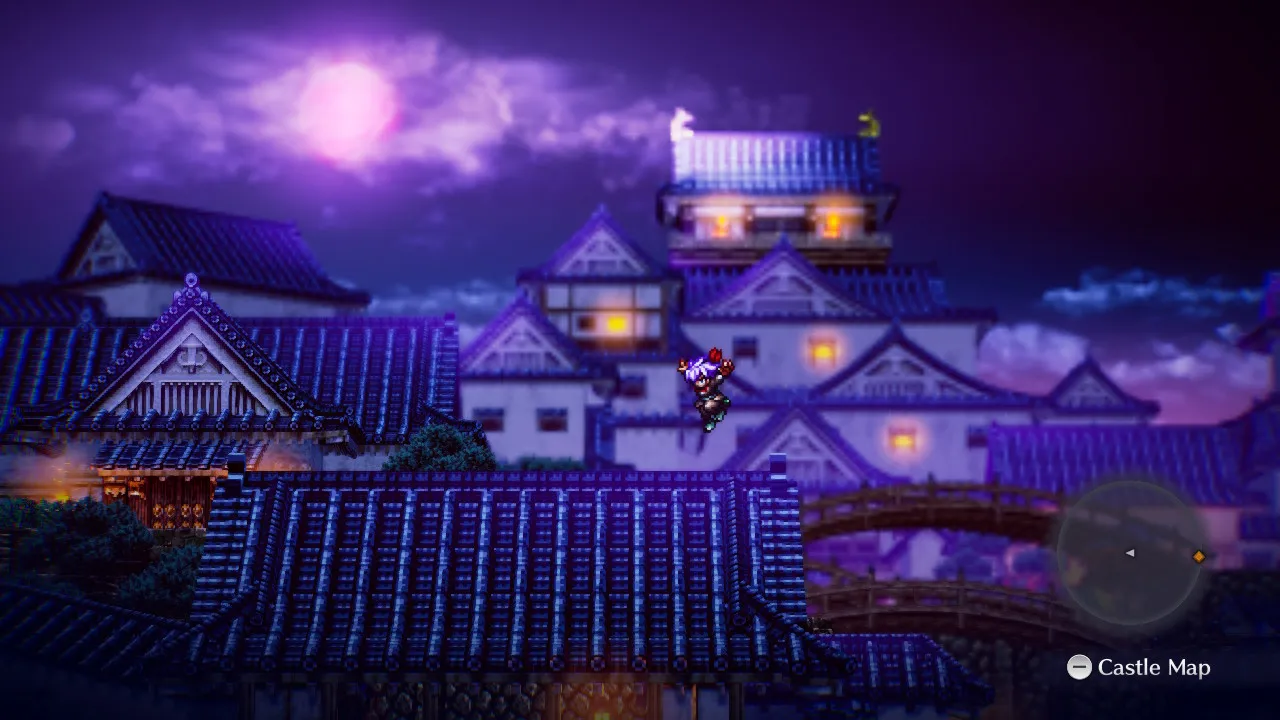
There are collectively 8 characters as whom you can experience this story, the 8th being unlockable once you complete the other 7. While the initial stories will feel like standalone experiences, you’ll quickly realize they’re connected by common threads which are more deeply explored during the 8th chapter, and subsequently the final chapter where the entire cast is brought together. Clever fans of JoJo’s Bizarre Adventure might mutter something along the lines of “It was O, Dio!” when referring to the antagonists, essentially different manifestations of the final boss of the game. Each character must face numerous forms of adversity, completing their heroic journey and earning love, admiration, or respect from their peers in the process.
Spoilers ahead! Some of the strongest examples of the heroes’ journeys include Cube from the Far Future, Akira in the Near Future, and Oersted in the Middle Ages. Some have poignant moments, interactions, or narratives that show tremendous development, while some, such as Cube’s, are more subtle and heartfelt.
Cube, an artificial, robotic life form, is immediately distrusted and unappreciated by their crewmates, and the purest way in which this is seen is how they serve coffee to the NPCs. At first, the crewmates react with disappointment at how bitter the coffee is; then, when calamitous events unfold and irreversible loss is encountered, Cube’s attempts at this gesture are more greatly appreciated, offering comfort. When all else is lost, even the most distrusting crewmate remarks on how bitter the coffee is, but comments “I wouldn’t have it any other way” – his form of acceptance of Cube, a perfect way to conclude the story and a stellar example of a key theme in this story, the power of acceptance.
This storytelling, the core strength of Live A Live, is present in numerous other stories, such as Pogo’s innocent (and hilarious) discovery of love, Akira defending his home and ascending to incredible heights of power with the Steel Titan, and the Shifu title passing from an old hermit, to a young disciple.
*Content Warning: Brief discussions of suicide ahead*
It’s also greatly demonstrated in the most consequential of the 8 stories, that of Oersted, who was at one point a celebrated champion of his kingdom, but after being deceived into regicide, betrayal by his former rival and companion, and his beloved princess’ confession of disdain for him before taking her own life, Oersted went on a dark path. Unfettered by any remaining voice of reason, the last of whom sacrificed himself to free Oersted even after his crimes, Oersted shed his former heroic identity and chose to embrace his festering hatred for a world that turned its back on him no matter how he protested. This turned the concept of medieval JRPG heroes on its head, which was a great way to further subvert the genre.
What’s the Common Theme?
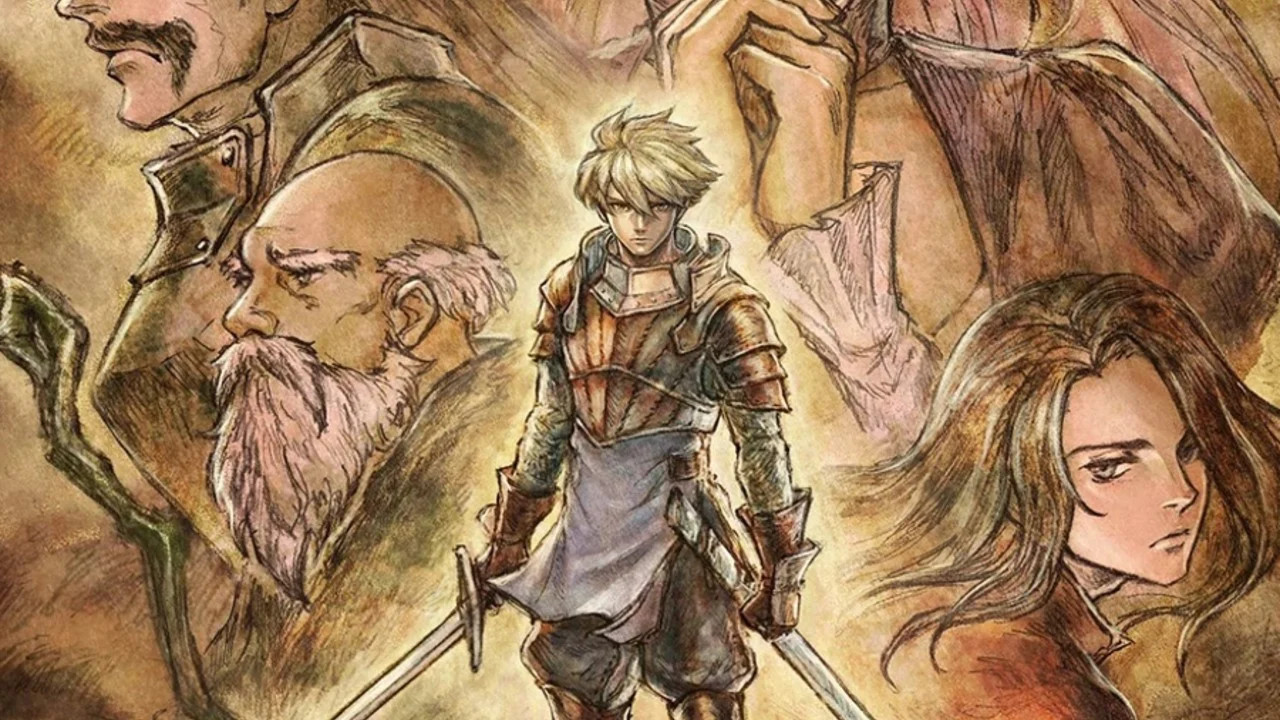
There’s a clear intent behind simply interconnecting the lives of these protagonists across all different periods, and that is to showcase a common struggle and menace for each of the heroes to overcome separately, and then together. This, of course, is in the form of Odio, the game’s Dark Lord, a demon whose hatred is so powerfully transcendent it tears into different periods and capitalizes on different instincts which universally manifest in violent, destructive forces meant to be overcome by the heroes. Some are more overt and simple, such as Odo in Prehistoric times, primal hate in the form of a rampaging dinosaur predator; others are twisted beyond recognition by their dark ambitions like Ode Iou.
While the hatred is present in all of these stories, there are numerous ways in which it is also overcome; sheer triumph in combat is most often the case, but the player is also given the choice to end the cycle of hatred if they wish. This message is certainly nothing new, but is poignantly rendered in the final story, where a world brought to its knees by hatred would surely destroy itself, something that’s becoming alarmingly more relevant by the day. End of spoilers. Beyond this point, there’s plenty more to say about the storytelling, but the use of plot devices, character development, and healthy pacing thanks to a concise anthology of stories make for a superb presentation of its themes.
The Visuals
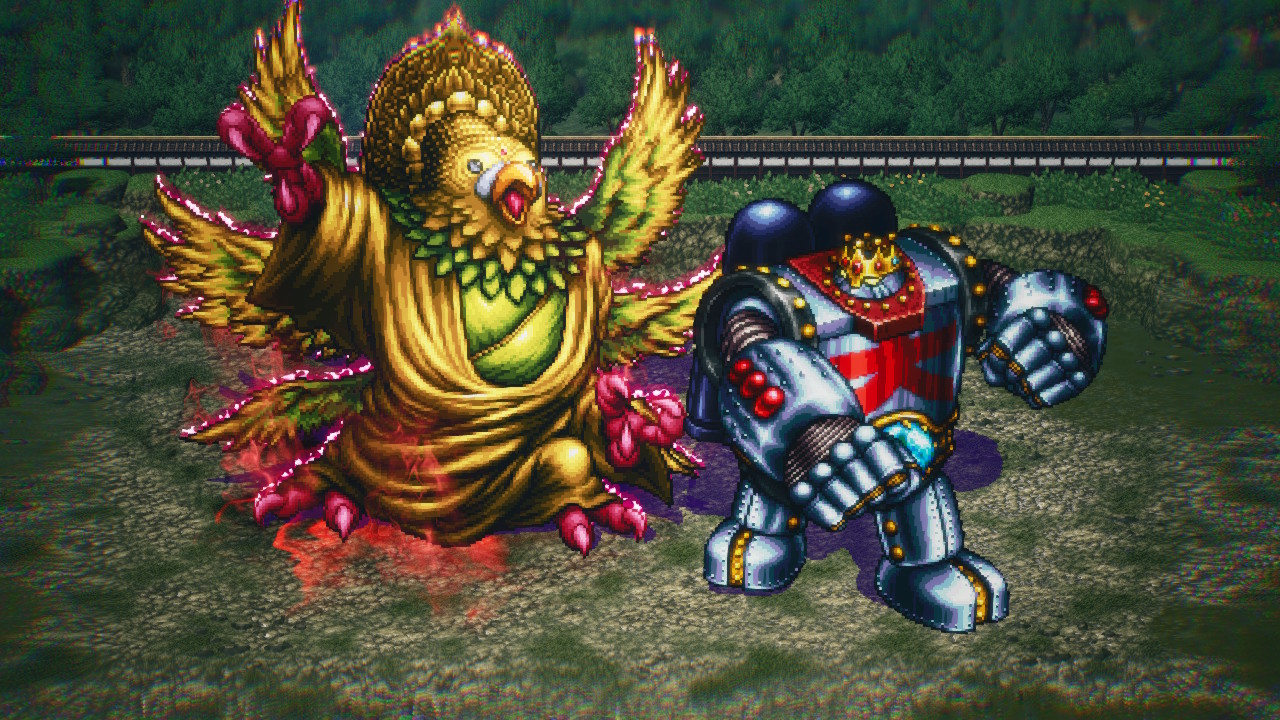
Beyond the simple story, there’s the matter of the HD-2D visuals once more put on display by Square Enix. In a word, they’re breathtaking, a glittery reminder of just how gorgeous 16-bit RPGs truly were, and how their graphical style can be enhanced in a way that feels authentic yet modern. Each of the 3 Square Enix RPGs released first on Switch with this visual style brings something slightly different to the table, but this is the broadest showcase yet, with assets belonging to 8 different periods and wonderful character animations. There was something so cool and subtle to seeing how Mad Dog would adjust his cap with the barrel of his gun in the Wild West, and Captain Square’s exaggerated sentai-style poses.
Beyond the typical visual flair of the worlds themselves, there was an exceptional cinematic quality to this particular showcase. There would be establishing shots and surveys by the in-game cameras, often capturing the worlds moments after critical events, but also to demonstrate tension, claustrophobia, emptiness, or loneliness. This was unexpected, a welcome sight for sure.
Finally, the battles themselves had the typical eye-pleasing effects, particularly for higher-level special attacks by the protagonists, which you can typically spot in any Square RPG worth their salt. That’s nothing to diminish Live A Live for its remarkable visual style but speaks more to the immense legacy left behind by its developers, with decades of visually pleasing RPGs under their belt.
The Sound
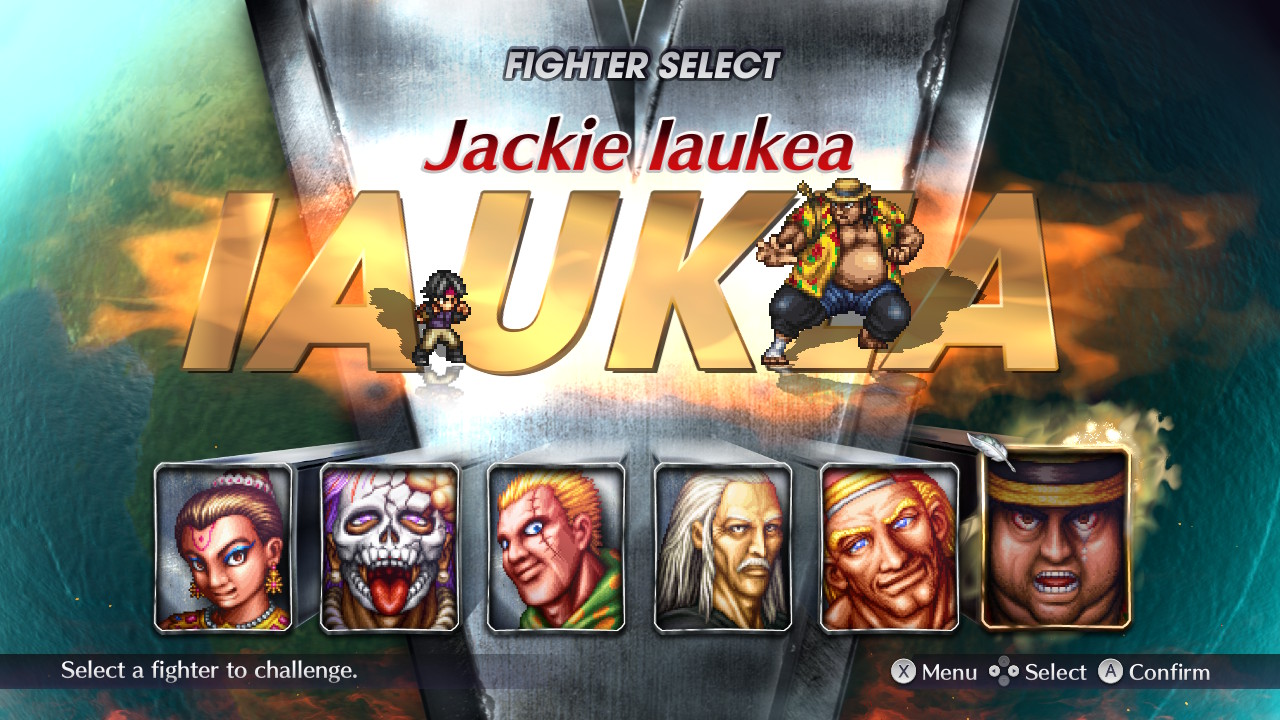
Live A Live features a strong voice cast for Japanese and English audio, as well as the usual exceptional music found in Square RPGs. Yoko Shimamura’s distinct style is present here, and you can tell by the powerfully catchy ‘Megalomania’ tune that her work in composing music for fighting games like Street Fighter II and Final Fight certainly hit the ear just right. Additionally, the game has a diverse array of musical styles put on display, with a wonderful ambiance in the Far Future chapter and that classic Western whistle in Sundown’s story.
Perhaps the strongest effort is in rendering the eldritch horror of the final boss’ second phase, with a catchy bassline, furious organ arpeggios, and aggressive beats, which thoroughly passes the “add to RPG music playlist” test and will remain in your head for a while. There’s certainly the energy apparent of a fighting game in Live A Live’s music, but Shimamura also worked on Xenoblade Chronicles among other titles as well, demonstrating the greater sense of peril and emotion in her work on this game. It will be a genuinely sad day when positive words can’t be spoken about a Square Enix RPG, and it’s certainly not this day.
The Issues
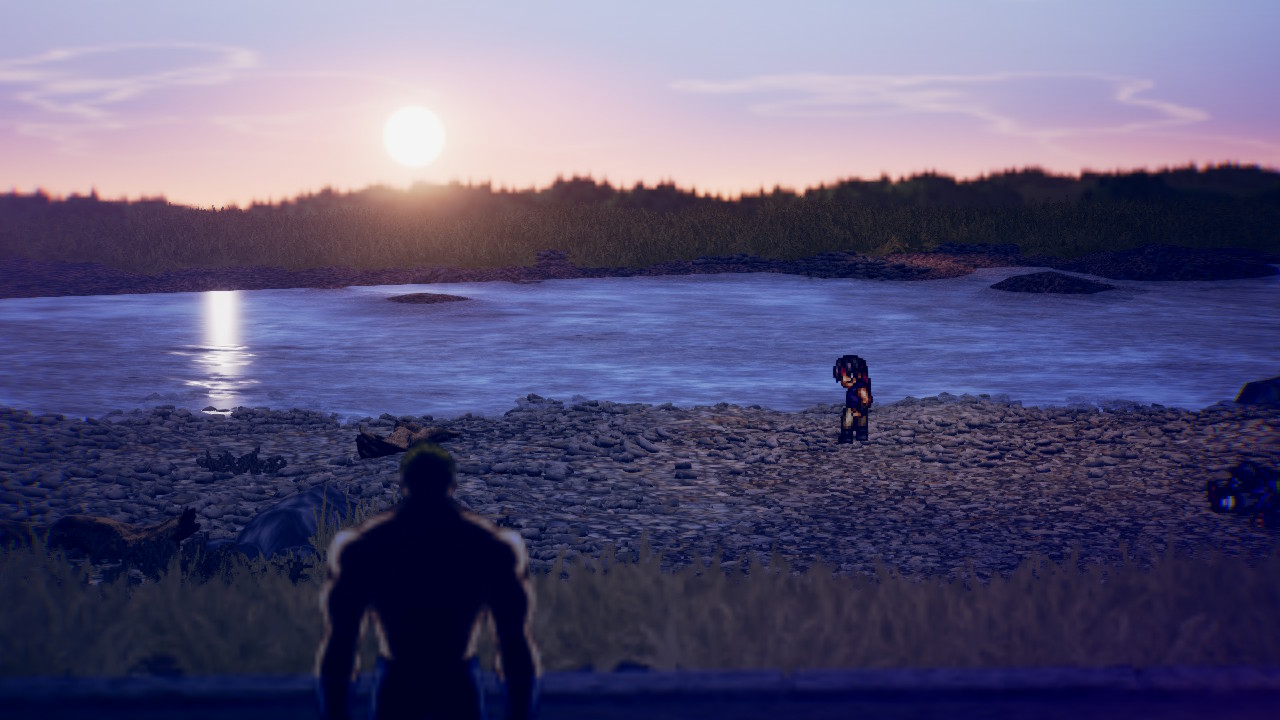
On the flip side, there’s something of a nagging problem present with almost any JRPG – relentless, tedious, grinding. On top of that, the random encounters are rather plentiful, but that’s up to the individual player in terms of how bothersome it can be, and for some, it’s a welcome break from the peaceful exploration. While most chapters don’t have this problem, Pogo’s story in the Prehistoric Era, and the Dominion of Hate story, both have this problem to varying degrees. With Pogo, you can reasonably grind when you find the right enemy, but also find yourself relentlessly dying despite your best efforts once you find yourself out in the wild at dark, which at least feels fitting.
In the case of Dominion of Hate, you’re working with some characters who are inherently going to need to gain more levels than others, and while their potential strength is great, they’ll drag your party down until then, and you’ll want everybody in the full form if you want to have your best shot possible against the final boss – it doesn’t help that the enemies in this, the longest story in the game, are the most dangerous and can pull insane shenanigans such as stacking tons of status ailments.
But beyond grinding, there are some cases where an utter lack of level-grinding can make for the experience to lose a sense of achievement, such as in Takahara’s story where you can complete it in under an hour. There’s such a thing as a balance, and in most stories, this is clearly present, but in the case of Pogo, Takahara, or even Cube (who doesn’t even gain levels, but only has one true fight aside from playing as Captain Square) this balance is nonexistent.
Grinding aside, there’s one specific, pressing issue that feels like a cardinal sin. This is in the form of the Trial of Keys, an optional dungeon that holds Oboromaru’s best weapon, Murasame. The dungeon, on a surface level, is reminiscent of a combination of Final Fantasy exploration and Legend of Zelda-style locked doors which respond to generic, single-use keys. Therein lies the rub, as instead of finding these keys in predetermined small chests or rooms, you have to win them off random encounters, specifically with The Shadow enemies, and these are never guaranteed to be the enemies you’ll encounter. This can result in hours of frustration, waiting essentially for a key to jump out at you, and for you to beat up its holder. RNG should never, ever be a necessary component to getting through a dungeon. This should not be in a game, this is awful.
The Verdict
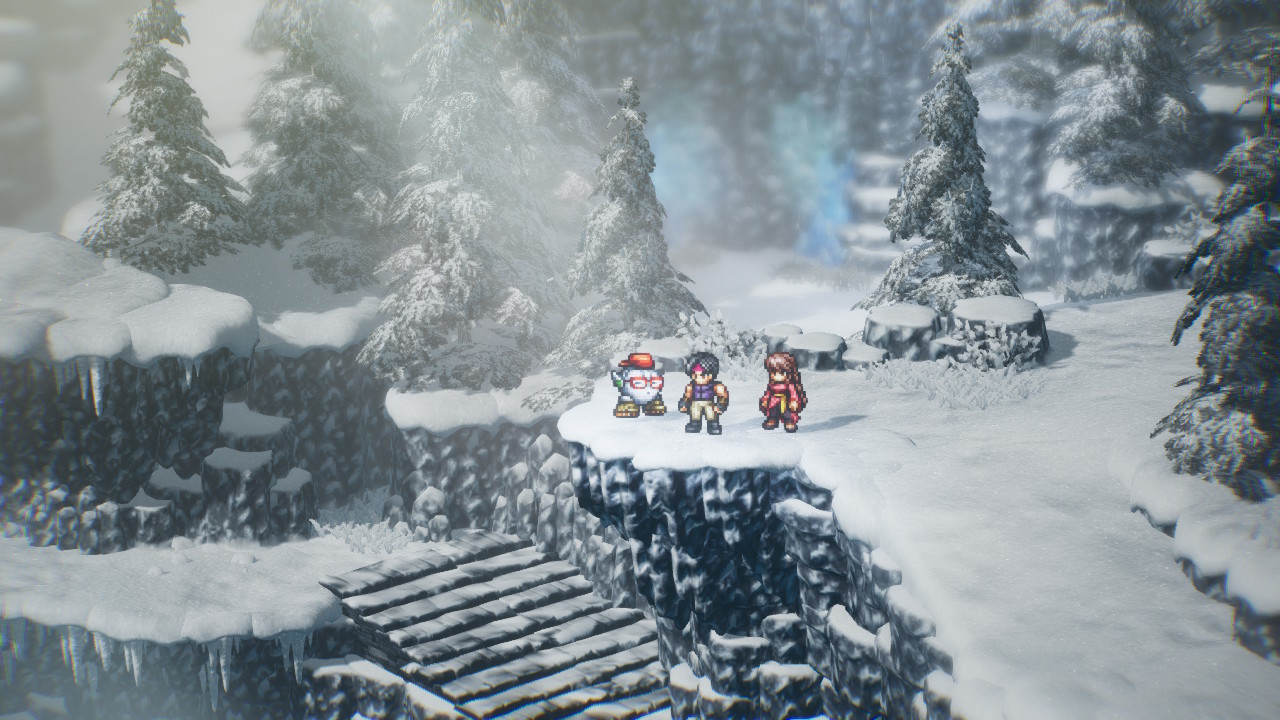
Live A Live presents a greater audience with a spectacular, brief game with plenty of heart, memorable characters, and pastiches spread across multiple genres. You’ll see mixtures of western film references in Sundown’s chapter such as depictions of characters played by Clint Eastwood, Robert Redford, and more; or Alien and Star Trek references in Cube’s chapter. You’ll notice Super Robot tropes in Akira’s near future, along with references to the manga by the same name, references to Hulk Hogan in Takahara’s story, and a distinctive Street Fighter visual style to the UI, as well as classic martial arts film references littered across the Shifu story. There’s something in this for everyone, and that’s not meant to be overlooked.
While the game has problems typically found in any JRPG, it also has features which make it iconic – a subversive, resonant plot that overturns expectations of how a typical hero’s journey progresses and presents us with fallible protagonists who encounter and experience human loss in different ways. This is a refreshing take on a genre usually populated with idealistic heroes with ultimately happy endings. The game features a memorable battle system and a killer soundtrack. While the grinding is seemingly inescapable at parts, and it has a particularly infuriating optional dungeon, there’s plenty to play and replay in this modern retelling of a cult classic.
This concludes our Review of Live A Live. Maybe, just maybe, Square Enix will see this game’s success, and consider the crucial next step – remaking an even more hallowed classic, Chrono Trigger? Only time will tell, but we’re certainly fans of the HD-2D treatment, and hope to see more titles rendered in this style in the future.


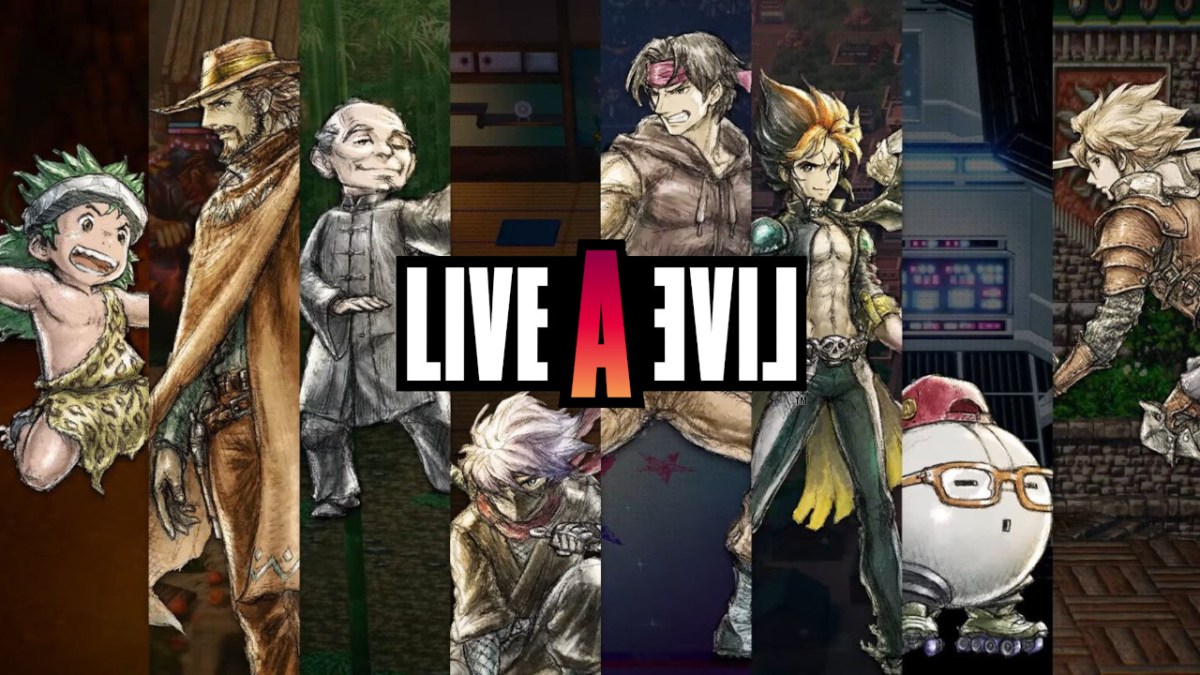









Published: Jul 28, 2022 09:01 am